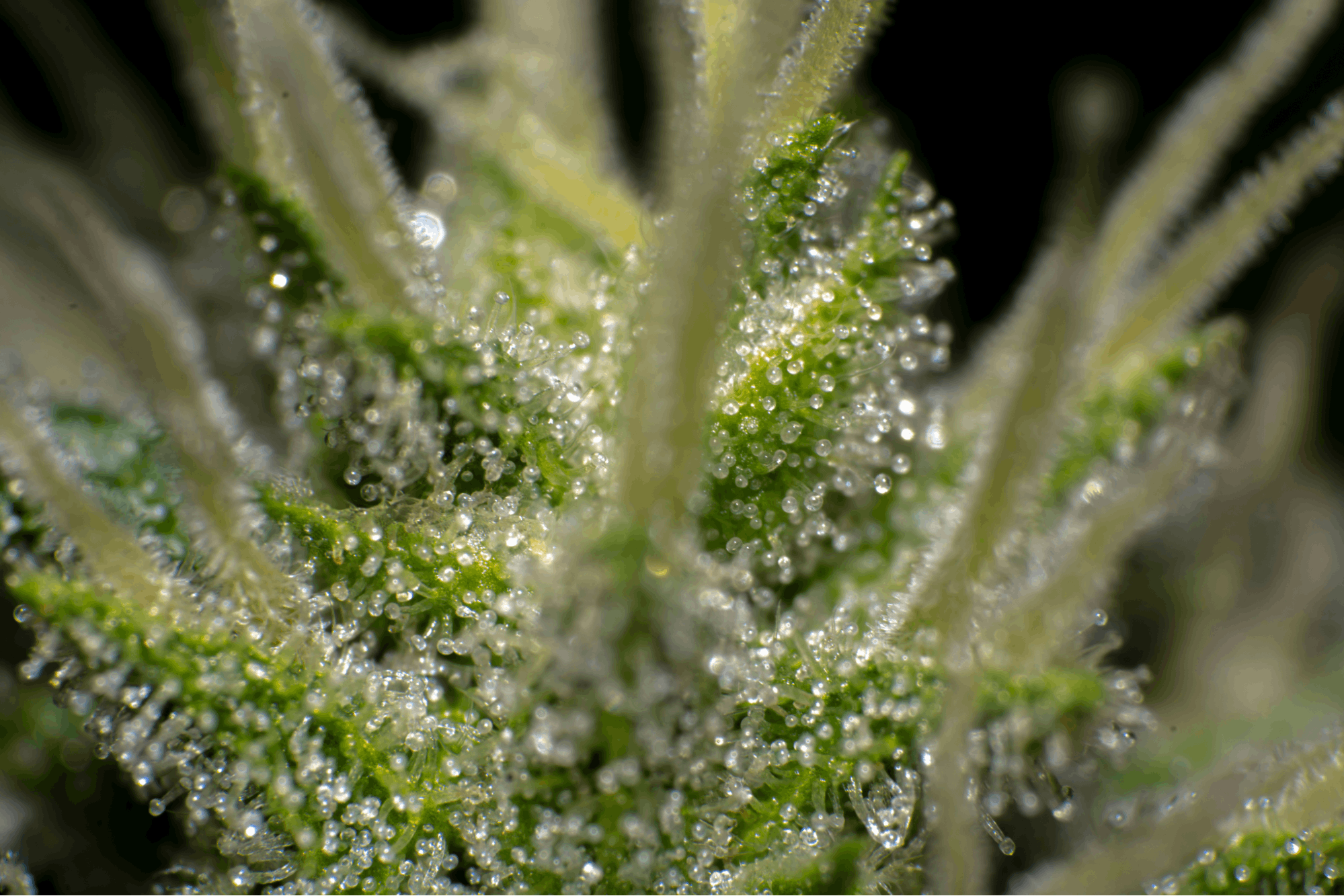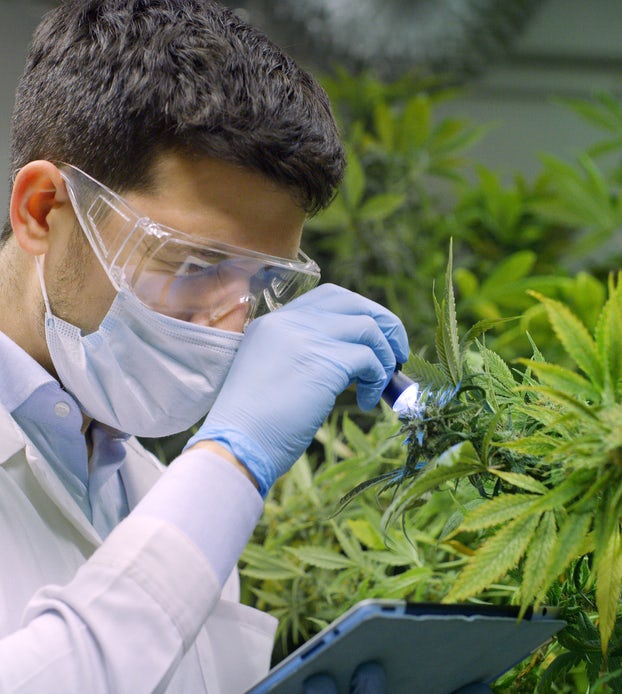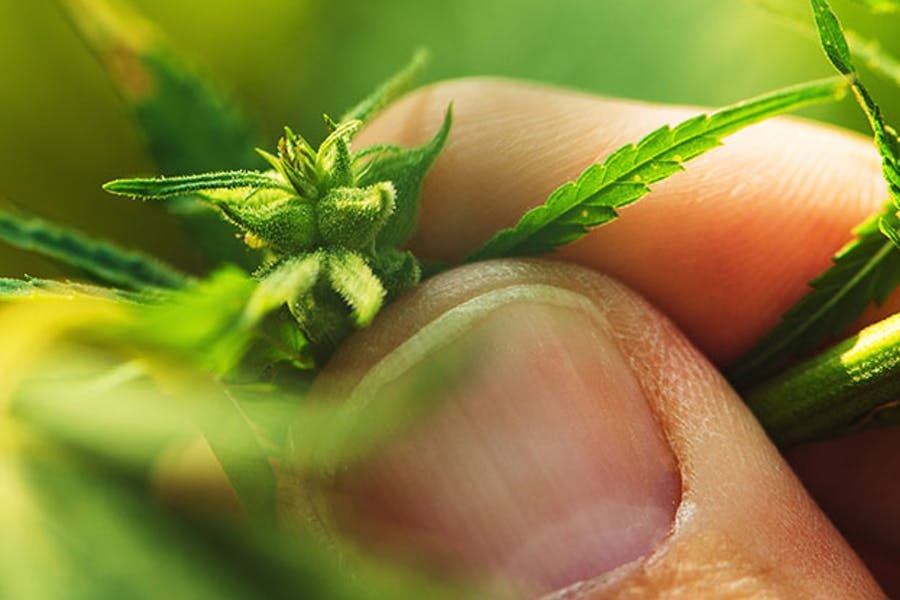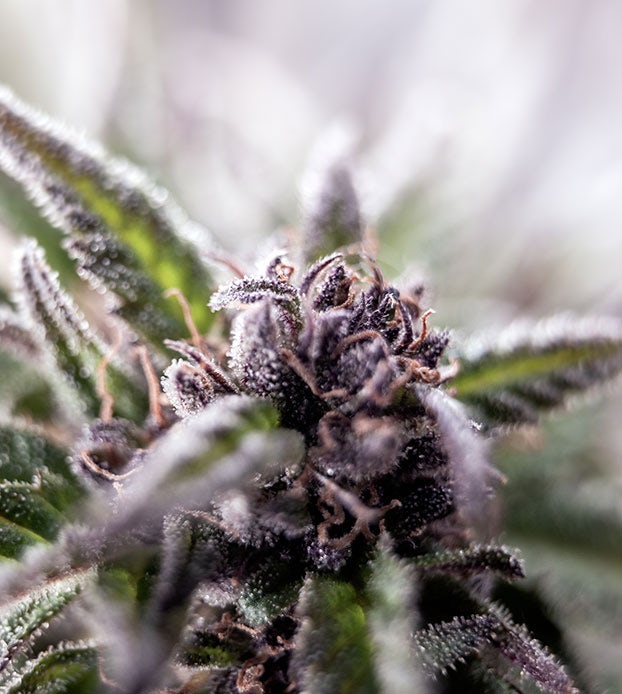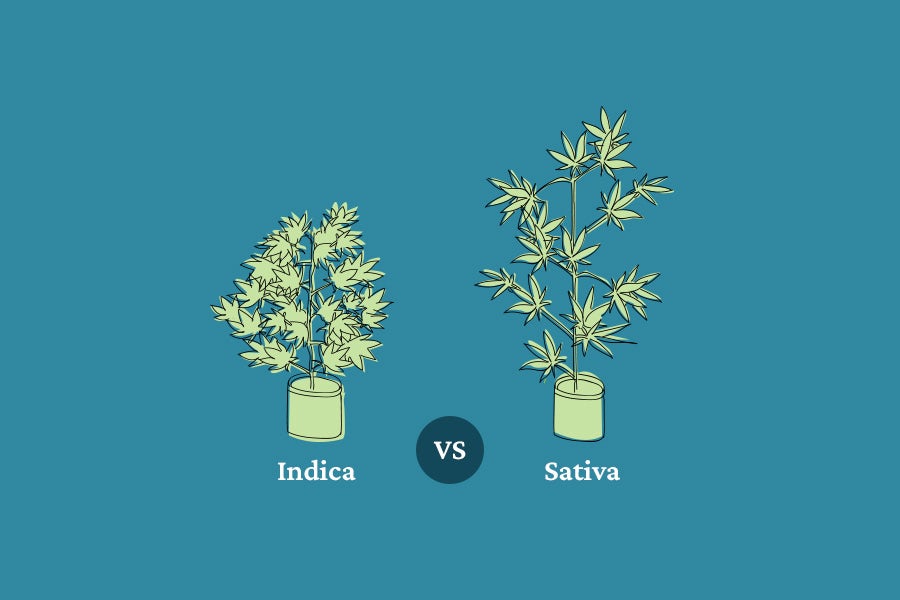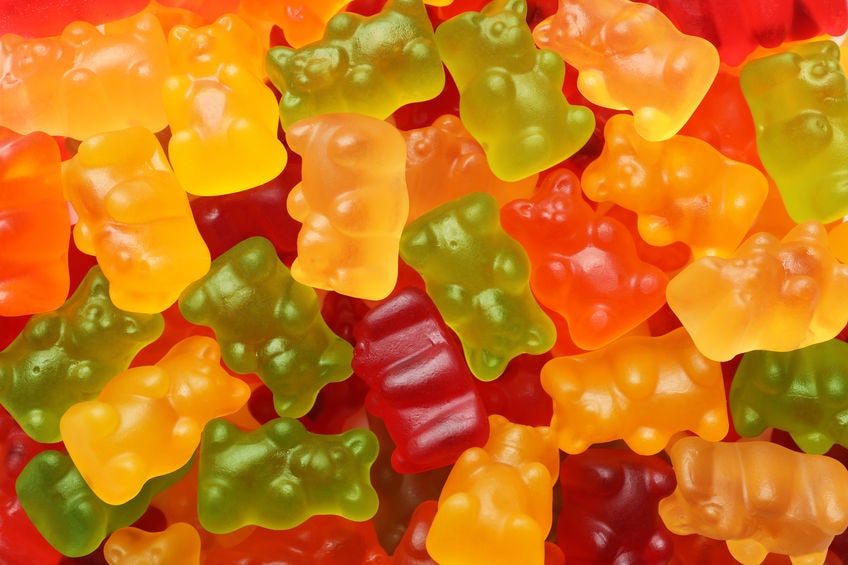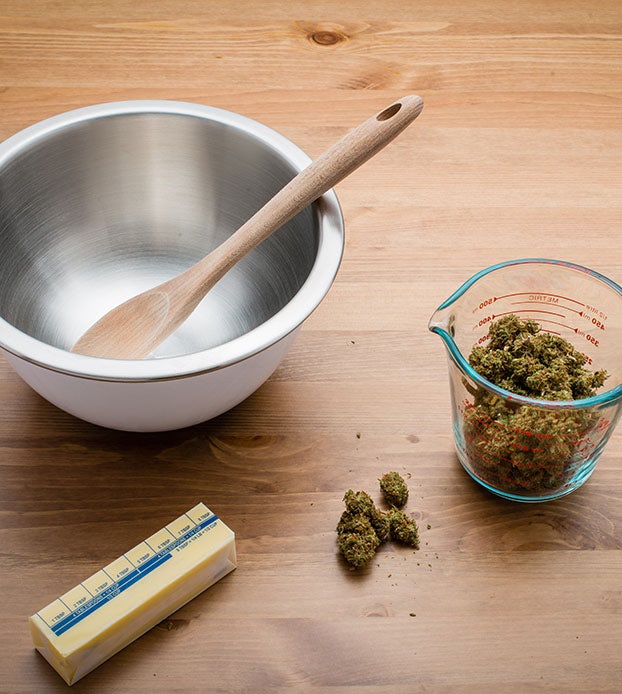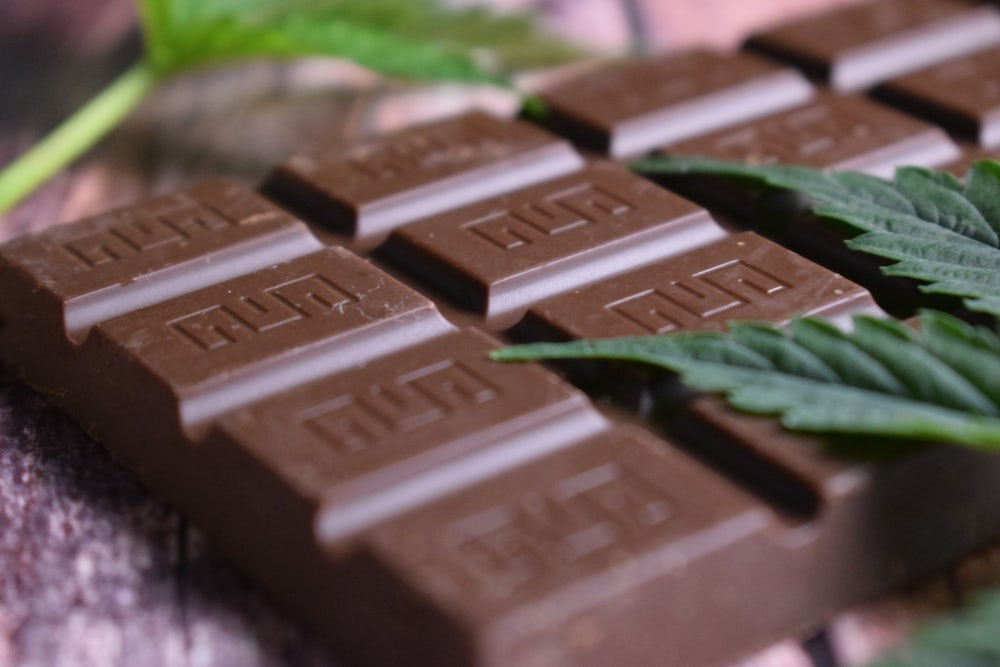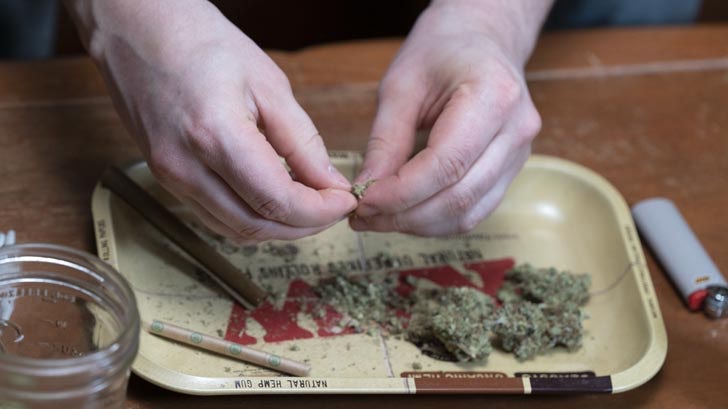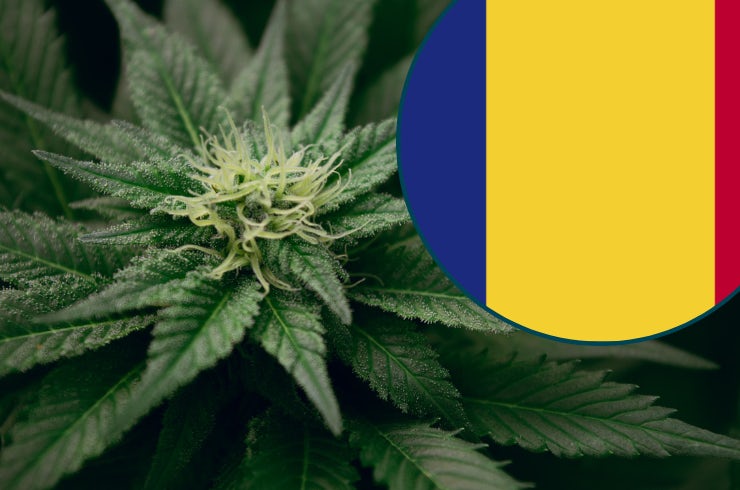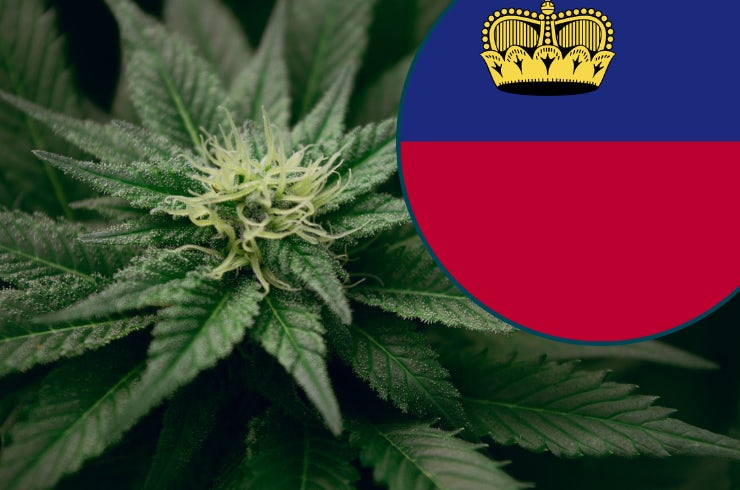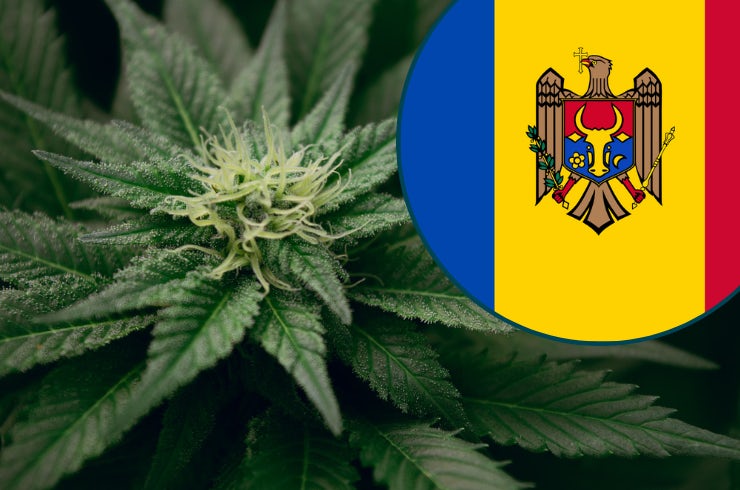Cannabis categorization and nomenclature is more complex than you might think — and more important, too. The standard categorization in recent decades, strains, is on its way out. It is being replaced by more accurate and flexible terms, such as chemovars and chemotypes.
Though the distinction between these terms may seem trivial at first glance, it is in fact crucial for cannabis research, and therefore also for consumers and regulators as well. Researchers conducting survey based studies today often only have access to the THC concentration of the cannabis that their participants are using. If they had access to the entire chemical profile, they’d be able to extrapolate much more practical information, including what types of cannabis are better for which ailments, and how different chemical profiles influence the body.
Let’s dig in.
Categorising cannabis: Strains, chemotypes, and chemovars
Despite what you might be led to believe when stepping into pretty much any dispensary in the United States, strain names don’t mean much and they can’t really be used for the categorization of cannabis products. Luckily, this knowledge is becoming more and more common among cannabis researchers, consumers, and enthusiasts in recent years.
Instead, two often-interchangeably used terms have been growing in popularity as an alternative to “strains”: chemotypes (chemical types) and chemovars (chemical variations).
These terms refer to the chemical composition of cannabis plants, which is one of the main factors that determine the type of high you’ll experience, or the effectiveness of your cannabis treatment.
Here’s what they mean:
- Strains: Types of cannabis that are distinguished by name, but not standardized. For example, Bubba Kush in one dispensary can be different from Bubba Kush in another dispensary. In fact, even within the same dispensary, a product with the same strain name may vary from batch to batch.
- Chemotypes: Types of cannabis that are grouped by their most abundant cannabinoid. For example, Type 1 cannabis is THC dominant.
- Chemovars: Types of cannabis which are loosely defined and grouped, based on at least one or two of the most abundant cannabinoids and two-to-four main terpenes.
A good analogy for understanding the importance of chemotypes and chemovars can be found in the world of wine. Let’s say you’re a red wine type of person. That doesn’t mean you like all red wines, right? Probably not. Perhaps you’ve identified specific grape varieties, growing regions, or climates that you prefer. In any case, you most likely prefer certain types of red wine over others.
Cannabis is similar but there are a few very significant differences. Firstly, you can’t perceive the difference between types of cannabis with your eyes. Secondly, the standards that exist in the wine industry to ensure consistency and quality of labels such as cabernet sauvignon or merlot do not exist for types of cannabis like Harlequin or Grandaddy Purple.
In order to identify your preferred product — whether for treating symptoms or simply enjoying an evening with friends — you’ll need to first find the chemical composition that fits. That is going to require both some learning and a bit of trial and error.
The term chemovar is often used to group cannabis plants by their chemical profile, most often by looking at the main cannabinoids (the most common being THC, CBD, and CBG) and the two-to-four most dominant terpenes (the most common being myrcene, linalool, limonene, pinene, caryophyllene, terpinolene, humulene, and ocimene).
Let’s say you got your hands on some cannabis flower labeled as Girl Scout Cookies and you absolutely loved it, or it was effective for treating your spasticity. What actually determines that effect is the chemovar aspect of the label (cannabinoids and terpenes and their quantities) and not the name of the product. So if you find another product labeled Purple Urkle, which has the same concentrations of THC, CBD, CBG and the same dominant terpenes, it’s likely that product will produce a similar experience. But you’re only going to understand this by looking at the chemovar specifications, not the strain name.
Cannabis chemotypes, on the other hand, are based on an older system that breaks down all cannabis plants into a few groups based on the ratios of the main cannabinoids (THC, CBD, and a little bit of CBG). Type I cannabis is THC dominant, Type II has a roughly 1:1 ratio of THC and CBD, and Type III is CBD dominant.
Chemotypes and chemovars in the plant world at large
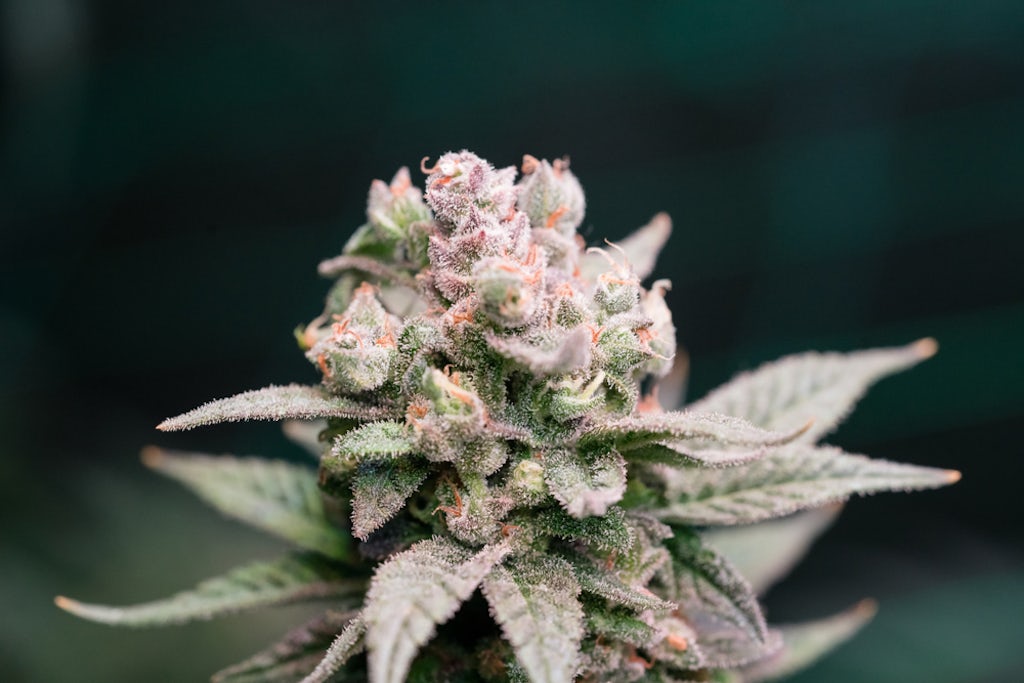
In botany, the term “chemotypes” refers to plants that look similar but have unique chemical profiles. In the words of Rolf Santesson, the Swedish researcher who coined the term in 1968, a chemotype is a “chemically characterized part of a population of morphologically indistinguishable individuals.”
More specifically, chemotypes are usually defined by the most dominant compound a plant produces. For example, thyme (the species Thymus vulgaris) has seven different chemotypes that are defined by their most dominant secondary metabolite (a terpene in this case), either thymol, carvacrol, linalool, geraniol, thuyanol, alpha terpineol, or eucalyptol.1
Other species with several chemotypes include peppermint, lavender, rosemary, basil, and of course, Cannabis sativa. However, one of the main limitations of this approach is that only the most abundant compound defines the chemotype. Sometimes the next-most abundant compounds can present a rich variability or even be more chemically active. There may be two plants that share the same chemotype name, but have unique chemical profiles that produce different effects.2
One potential solution could be applying a multivariate analysis approach (a complex form of statistics used by scientists) to the definition of a chemotype, looking past the single most abundant compound, and using the unique biological fingerprint of plants when classifying them.
When it comes to chemovar, however, there doesn’t seem to be a single officially accepted definition of the term, and researchers tend to use it interchangeably with chemotype.3 Some scientists, however, argue that chemovars are man-made chemotypes, bred with the intention to produce a specific chemical profile.
What are cannabis chemotypes?
In the 1970s, cannabis scientists adopted the chemotype approach, which was first introduced in the work of researchers like Canadian botanist Ernest Small.4 Small suggested three main types of cannabis, based on their THC:CBD ratio — THC dominant, CBD dominant, and a balanced ratio. The THC and CBD concentrations in Small’s research (on naturally growing cannabis) were remarkably low (around 1%), but the logic stays the same today (i.e. 10% THC and 30% THC plants could both be Type I, as long as THC is the major cannabinoid).
Type I: THC dominant
This chemotype is usually preferred by recreational users who often assume that more THC means a better cannabis experience. But this can be something of a rookie mistake. If we applied that logic to alcoholic beverages, for example, beer and wine would disappear and we’d all be drinking whiskey, tequila, and vodka. There’s more to cannabis than just its THC content!
Type II: Balanced THC:CBD ratio
Rarer than Type I, but growing in popularity, this type of cannabis has a roughly equal (1:1) ratio of THC and CBD, so there’s not one dominant cannabinoid, but two. There’s some evidence to suggest the combination of THC and CBD can improve the efficacy of THC (more effect with less compound), and also attenuate some of its adverse effects. This is one reason Type IIs are often recommended by physicians.5
Type III: CBD dominant with low concentrations of THC and/or CBG
Much like Type II, this chemotype is only now growing in popularity, due to growing awareness of the potential advantages of consuming both CBD and THC. It is still pretty rare compared to Type I. Type III is good for consumers with low tolerance to THC, or for new users looking to gauge their tolerance. It’s also the most appropriate for medical conditions such as depression, epilepsy, and autism spectrum disorder.
Other cannabis chemotypes
On top of these three chemotypes, researchers have more recently suggested two additional types: one CBG dominant, and, oddly enough, a zero cannabinoid type6.
Type IV: CBG dominant
In 1987, French researcher Gilbert Fournier identified a new type of CBG-dominant cannabis7, which some researchers have classified as Type IV. In recent years there’s been a growing hype (and demand) surrounding this cannabinoid — so naturally, some cannabis growers are working hard to breed Type IV plants with high CBG concentrations. But from a clinical perspective, we know almost nothing about this type of cannabis — either about its safety or its efficacy. But that will likely change in the near future as research into CBG picks up.
Type V: Zero cannabinoids
First identified by the same Frenchman and his research group in 2005, some types of cannabis contain no cannabinoids at all8. While some may argue that such an abomination should never have been created, it could be beneficial in research and the development of new cannabis products, as well as for industrial purposes (growing hemp without dealing with the legal restrictions on THC levels).
The chemotype approach to cannabis nomenclature is useful for organizing and categorizing cannabis products, especially when the main consideration is the THC:CBD ratio, or for forensic or legal purposes (i.e. differentiating between intoxicating and non-intoxicating varieties).
But since this approach only considers ratios of dominant compounds rather than exact concentrations, there may be huge differences between types. For example, a chemotype with 5% THC and 1% CBD and another with 15% THC and 1% CBD, are both considered Type I, but one has three-times more THC than the other. Moreover, it ignores the presence of other cannabinoids and terpenes.
This is where the “chemovar approach” comes in handy in cannabis.
What are cannabis chemovars
Unlike cannabis chemotypes, determined by the ratios of the most abundant cannabinoids, chemovars aren’t properly defined. There seem to be two main ways of looking at chemovars — from a scientific or laboratory perspective, and from a practical or clinical perspective.
The chemovar approach calls for a full chemical analysis of cannabis varieties, and was developed by scientists in order to categorize cannabis plants and their potential effects. This methodology can result in a chemovar that is defined by the concentrations of dozens of cannabinoids and terpenes9.
Though still underdeveloped and barely known for cannabis, this approach may be the key to helping researchers overcome some of the main issues in cannabis research. It could also help healthcare professionals make better decisions when recommending cannabis treatment, and help consumers get the most out of their cannabis experience.
While this rigorous research method is less relevant for consumers, you may be able to use some of its concepts when looking for your preferred cannabis products. More on that below.
The origins of chemovars in cannabis research
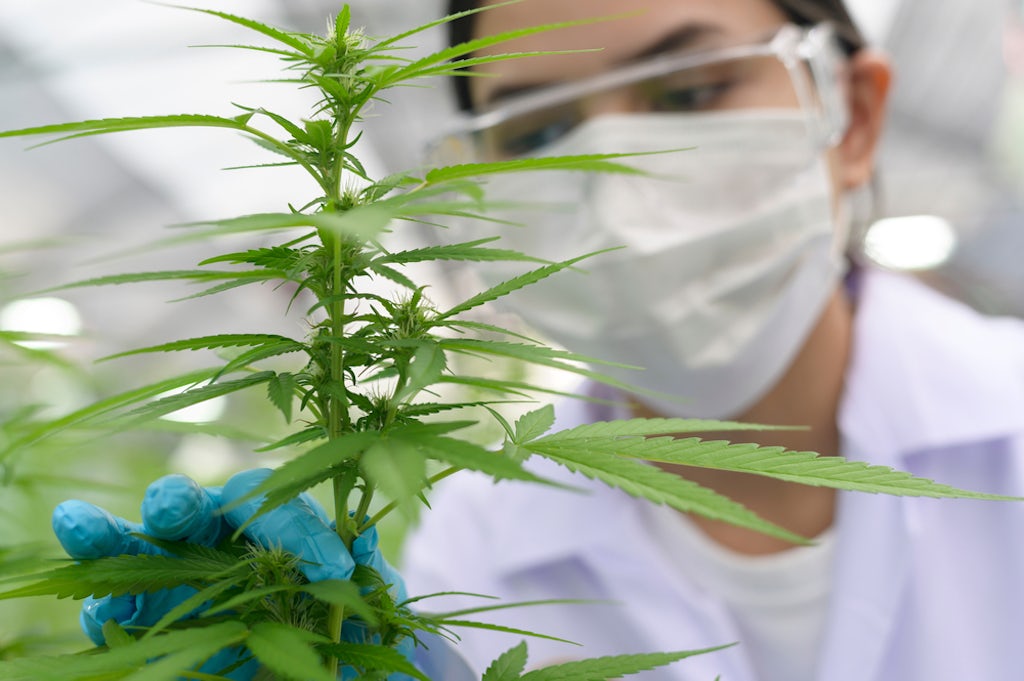
The first mention of chemovars in the context of cannabis was made by Arno Hazekamp, one of the world’s leading cannabis researchers, in his study Cannabis – from cultivar to chemovar. It would be ideal, he suggests, “to simultaneously identify and quantify all major components present in various cannabis types, and use a multi-variant data analysis tool… to classify cultivars in a small number of chemically distinct groups.”10
The study tested 35 cannabis samples, and identified 28 different cannabinoids and terpenes with concentrations above 0.5mg per gram of flower. But since this first mention of cannabis chemovars, a lot has happened.
A follow-up study was published by Hazekamp in 2016, in which 460 samples were tested, and 44 cannabinoids and terpenes identified. A more recent study from Italy identified 135 different cannabinoids in 50 plant samples, though it did not look at the terpene profile. This second study was actually able to define subgroups to the main four chemotypes, resulting in nine distinct types of cannabis, based on major and minor cannabinoid profiles.
Speaking with The Cannigma, Hazekamp suggested that though the chemovar approach is better than chemotypes if you want to predict effects as a scientist, for now it’s of little use to consumers. Chemovars need to be further researched, and clustered in groups for specific conditions.
Ideally, research would identify the most popular chemovars and group them according to effects, so that consumers can choose products based on the group to which they belong (those best for treating headaches, spasticity, pain, etc.). Still, there are ways in which healthcare professionals and consumers alike may use the chemovar approach.
How consumers can use the chemovar approach
When using the trial and error method to find the best types of cannabis for you, adopting the chemovar approach could be beneficial, and some cannabis clinicians also acknowledge this.
In a 2016 study, researchers used the phytofacts format — which looks at chemotypes 1, 2, 3, and 4 and the three most abundant terpenes — to cluster cannabis samples and look for correlations with the effects produced11.
Though there are a number of limitations in the study design, it did find, for example, that “terpinolene-predominant chemovars were consistently found to be energizing.” Another study from Canada looked at preferred cannabis products for the treatment of headaches and migraines, and identified as most effective those chemovars high in THC (Type I) with predominant terpenes caryophyllene and myrcene .
If you’d like to implement the chemovar approach, you’ll need access to the chemical test results (certificate of analysis) of your product so you can look at the chemotype (the dominant cannabinoid), consider its concentration, and then look at additional minor cannabinoids and terpenes.
How many cannabinoids and terpenes you should consider is less clear, but the rule of thumb is the more information you have, the more accurate results you’ll get from trial and error. Looking at the examples from the aforementioned studies and the clinical experience of physicians, examining the concentrations of the most abundant cannabinoids (usually THC, CBD, or CBG), and the two-to-four most abundant terpenes would make sense.
Some examples of cannabis chemovars:
- Type II (9% CBD, 7% THC), myrcene, linalool and terpinolene predominant.
- Type III (13% CBD), with a same terpene profile (myrcene, linalool and terpinolene)
- Type III (11% CBD), linalool, ocimene and caryophyllene predominant
Categorizing different types of cannabis is crucial if consumers are to find the right products. For now, the best way to do that is the chemovar method — looking at the two-to-four main cannabinoids and terpenes and their potential effects when choosing a product. It’s not a perfect system, but it can help narrow the options and increase the likelihood of a positive cannabis experience.
Sources
- Keefover-Ring, Ken & Thompson, John & Linhart, Yan. (2009). Beyond six scents: Defining a seventh Thymus vulgaris chemotype new to southern France by ethanol extraction. Flavour and Fragrance Journal. 24. 117 – 122. 10.1002/ffj.1921.
- Keefover-Ring, Ken & Thompson, John & Linhart, Yan. (2009). Beyond six scents: Defining a seventh Thymus vulgaris chemotype new to southern France by ethanol extraction. Flavour and Fragrance Journal. 24. 117 – 122. 10.1002/ffj.1921.
- Polatoglu, Kaan. (2013). “Chemotypes”– A Fact that should not be Ignored in Natural Product Studies. The Natural Products Journal. 3. 10-14. 10.2174/2210315511303010004.
- Small, E., Beckstead, H, Cannabinoid Phenotypes in Cannabis sativa. Nature 245, 147–148 (1973). https://doi.org/10.1038/245147a0
- Freeman, A. M., Petrilli, K., Lees, R., Hindocha, C., Mokrysz, C., Curran, H. V., Saunders, R., & Freeman, T. P. (2019). How does cannabidiol (CBD) influence the acute effects of delta-9-tetrahydrocannabinol (THC) in humans? A systematic review. Neuroscience and biobehavioral reviews, 107, 696–712. https://doi.org/10.1016/j.neubiorev.2019.09.036
- Andrea Cerrato, Cinzia Citti, Giuseppe Cannazza, Anna Laura Capriotti, Chiara Cavaliere, Giampaolo Grassi, Federico Marini, Carmela Maria Montone, Roberta Paris, Susy Piovesana, Aldo Laganà, Phytocannabinomics: Untargeted metabolomics as a tool for cannabis chemovar differentiation, Talanta, Volume 230, 2021, 122313, ISSN 0039-9140, https://doi.org/10.1016/j.talanta.2021.122313.
- Fournier, G., Richez-Dumanois, C., Duvezin, J., Mathieu, J. P., & Paris, M. (1987). Identification of a new chemotype in Cannabis sativa: cannabigerol-dominant plants, biogenetic and agronomic prospects. Planta medica, 53(3), 277–280. https://doi.org/10.1055/s-2006-962705
- Lettre à la rédaction : Une nouvelle souche de chanvre à fibres sans cannabinoïdes, Gilbert Fournier, Jocelyne Bausset, Olivier Beherec, Sylvestre Bertucelli, Ann Toxicol Anal 17 (2) 109-110 (2005), DOI: 10.1051/ata:2005028
- Arno Hazekamp, Katerina Tejkalová, and Stelios Papadimitriou.Cannabis and Cannabinoid Research.Dec 2016.202-215.http://doi.org/10.1089/can.2016.0017
- Hazekamp, A., & Fischedick, J. T. (2012). Cannabis – from cultivar to chemovar. Drug testing and analysis, 4(7-8), 660–667. https://doi.org/10.1002/dta.407
- https://www.sclabs.com/resources/understand-your-phytofacts/
Sign up for bi-weekly updates, packed full of cannabis education, recipes, and tips. Your inbox will love it.

 Shop
Shop Support
Support